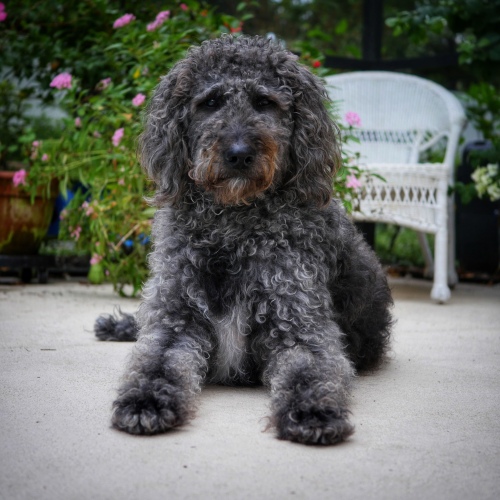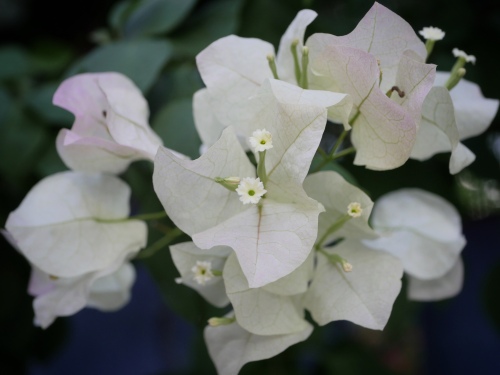I received a new-for-me camera today, a Panasonic Lumix G9. The G9 was released November 2017, for the rather lofty sum (for me) of US$1,700. Of course, that’s $300 less than the the eye-watering (again, for me) initial MSRP of the Olympus E-M1 Mark 2. For me, the enticement to purchase the G9 came in December when the body price was marked down $500 to about US$1,200. This violated my unspoken rule to never pay more than $1,000 for a body, but I broke that rule this time and purchased a copy of my own.
It’s only been a few hours so I obviously haven’t had much time to work with the camera. I already have one Lumix in this line, the GH4, which I purchased when it was dropped to $900. I already had a pair of batteries for the GH4 (which are the same as used by the G9) and I’d already gotten used to working with the general Lumix controls and menus. Yes I’m aware that the G9 is not a GH4 (or GH5 for that matter) when it comes to controls. They are different, in some places rather radically so, due to the G9 having an LCD panel on the camera top, on the same side as the grip. But it was surprisingly easy for me to put in a charged battery into the G9 and dive right into the menus and set it up very similar to the GH4 in very short order.
For a quick test I mounted the Panasonic Lumix 30mm/2.8 macro on the camera and ran a number of photos of my white bougainvillea through the camera. What I found while photographing the flowers is that the G9’s five axis IBIS is superb. I know that the 30mm macro also has ILIS (it has the older Mega O.I.S.), but I don’t know if IBIS works with Mega O.I.S. the same way it does with the newer Power O.I.S. Regardless, the platform is remarkably stable. With the G9’s joystick on the back and the ability to pick a single focus point, I was able to quickly and effortlessly move the single focus point over the white floret and then take the photo. This is a far cry from focus and recompose methods of the past. I was able to composed in a general way, then move the focus over the specific part of the composition I wanted in focus.
Focus, as well as exposure, was accurate each and every time.
I don’t know yet all the ways I’ll use the G9, but for macro flower photography it as almost instantly become my go-to body of choice.
I’ll have more to write about as I continue to use the G9.




You must be logged in to post a comment.